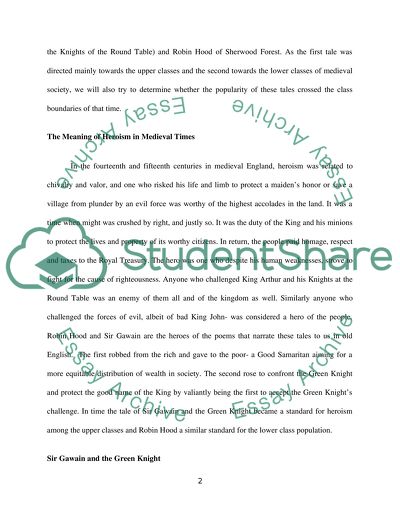Cite this document
(“Gawain, Green Knight and Robyn Hode Term Paper Example | Topics and Well Written Essays - 1750 words”, n.d.)
Retrieved from https://studentshare.org/literature/1416667-gawain-green-knight-and-robyn-hode
Retrieved from https://studentshare.org/literature/1416667-gawain-green-knight-and-robyn-hode
(Gawain, Green Knight and Robyn Hode Term Paper Example | Topics and Well Written Essays - 1750 Words)
https://studentshare.org/literature/1416667-gawain-green-knight-and-robyn-hode.
https://studentshare.org/literature/1416667-gawain-green-knight-and-robyn-hode.
“Gawain, Green Knight and Robyn Hode Term Paper Example | Topics and Well Written Essays - 1750 Words”, n.d. https://studentshare.org/literature/1416667-gawain-green-knight-and-robyn-hode.


